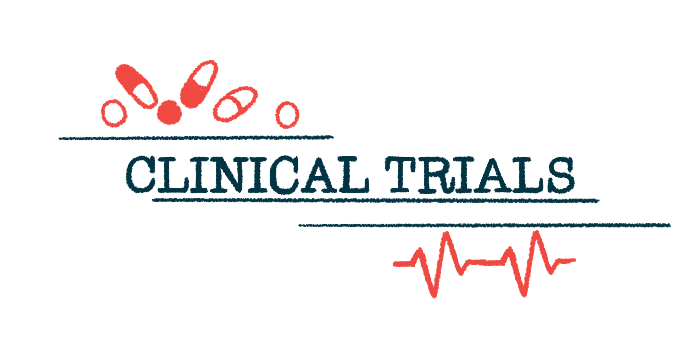Dosing Begins for Phase 3 LIGHTHOUSE Study of BIIB122
Recruiting patients with Parkinson’s disease caused by LRRK2 mutation

Dosing has begun in LIGHTHOUSE, a Phase 3 clinical trial testing BIIB122 — an experimental inhibitor of LRRK2 being developed by Biogen and Denali Therapeutics — in patients with early-stage Parkinson’s disease.
The study (NCT05418673), underway at two clinical sites in Colorado and Florida, is recruiting up to 400 patients (ages 30–80) who are positive for a specific mutation in a gene called leucine-rich repeat kinase 2 (LRRK2) that provides instructions for making a protein of the same name.
Mutations in this gene are one of the most common genetic causes of Parkinson’s and are associated with 4–5% of all cases of familial Parkinson’s and 1–2% of those with sporadic disease.
“The LIGHTHOUSE study is the largest study ever undertaken in individuals with Parkinson’s disease caused by a LRRK2 mutation,” Samantha Budd Haeberlein, PhD, head of neurodegeneration development at Biogen, said in a press release.
These mutations “comprise the most frequent mutations found in Parkinson’s disease, indicating that LRRK2 inhibition may be a promising therapeutic approach to the disease,” Haeberlein added.
LRRK2 is a protein with many functions, and mutations in as few as one of its building blocks are enough to make the protein become too active. This is thought to stand in the way of how lysosomes work.
A lysosome is a tiny cell compartment that acts as a cell’s recycling center. Inside of a lysosome, there are enzymes that break unwanted molecules down to smaller pieces that can be reused and built upon by any of the cells in the body.
When the recycling activity is stopped, those unwanted molecules can build up to toxic levels in the cell. This is what happens to alpha-synuclein, a protein that builds up as toxic clumps in nerve cells in the brains of those with Parkinson’s.
BIIB122 (formerly DNL151) is designed to make its way into the central nervous system (the brain and the spinal cord), where it can inhibit LRRK2 and restore the recycling activity of lysosomes. By doing this, it is thought that BIIB122 may ease Parkinson’s symptoms and slow its progression.
“The LIGHTHOUSE study will specifically recruit individuals with a pathogenic mutation in LRRK2, enabling us to test the genetic hypothesis and implicated lysosomal pathway,” Haeberlein said.
Its primary goal is to assess how well BIIB122 works at slowing disease progression in those with early-stage disease.
It also will test BIIB122’s safety when given as an oral tablet (225 mg) once a day for a minimum of 96 weeks and up to 180 weeks (almost 3.5 years). Patients who enter the study will be assigned randomly to receive either BIIB122 or placebo.
Disease worsening will be measured using the Movement Disorder Society Unified Parkinson’s Disease Rating Scale (MDS-UPDRS) parts II and III, which score activities of daily living and motor symptoms. Higher scores reflect worse disease.
“The initiation of the Phase 3 LIGHTHOUSE study marks an important milestone in the BIIB122 development program,” said Carole Ho, MD, chief medical officer of Denali.
LUMA study underway
The companies also have a Phase 2b clinical study (LUMA, NCT05348785) of BIIB122 underway in patients who do not have mutations in the LRRK2 gene. That study is testing the safety and effectiveness of BIIB122 against a placebo and is expected to end mid-2025.
“Together with the recent initiation of the Phase 2b LUMA study in early-stage Parkinson’s disease, we hope to have the opportunity to bring a novel therapeutic option to people living with Parkinson’s disease,” Ho added.







